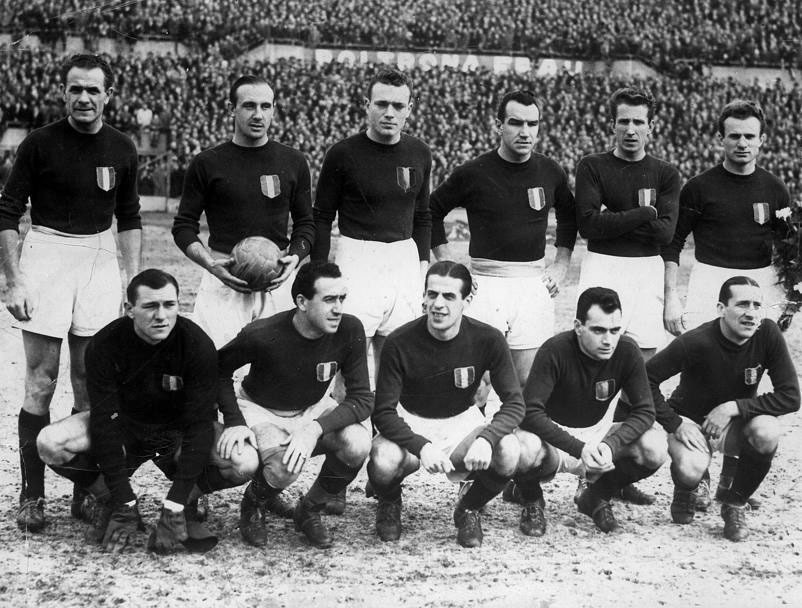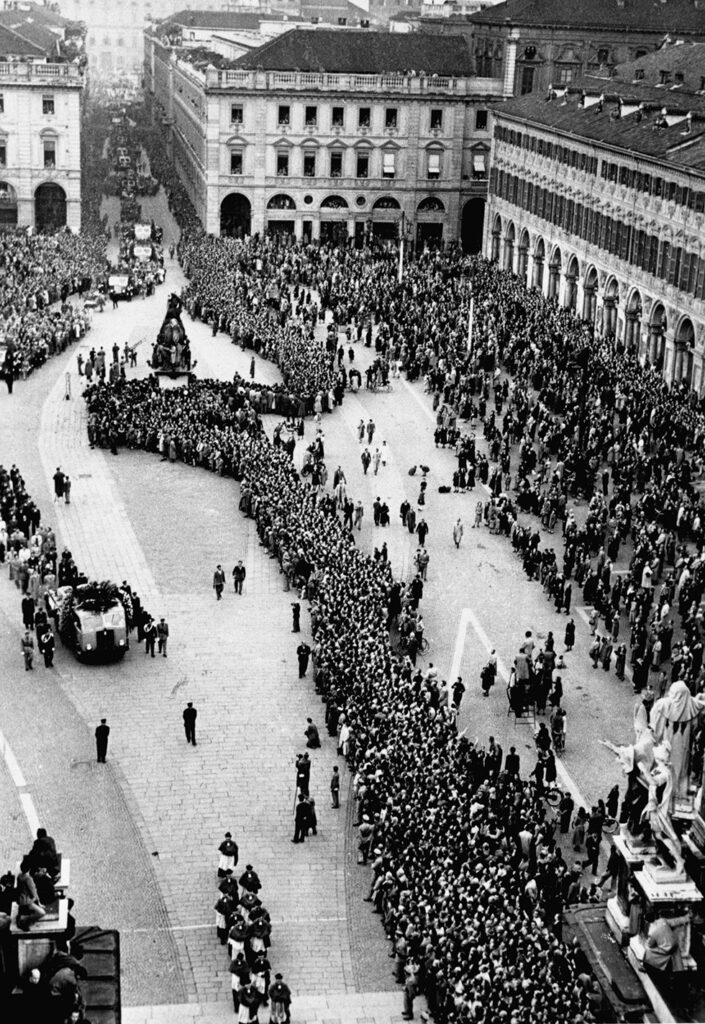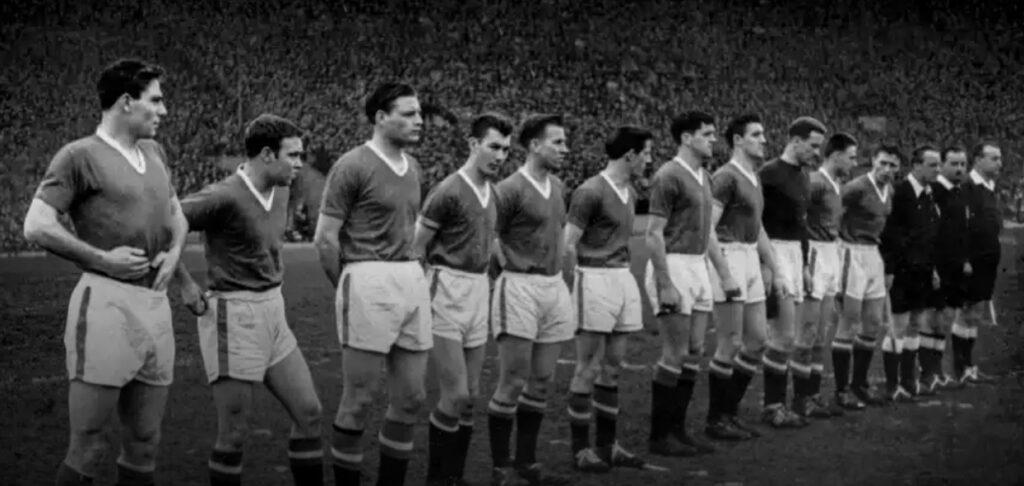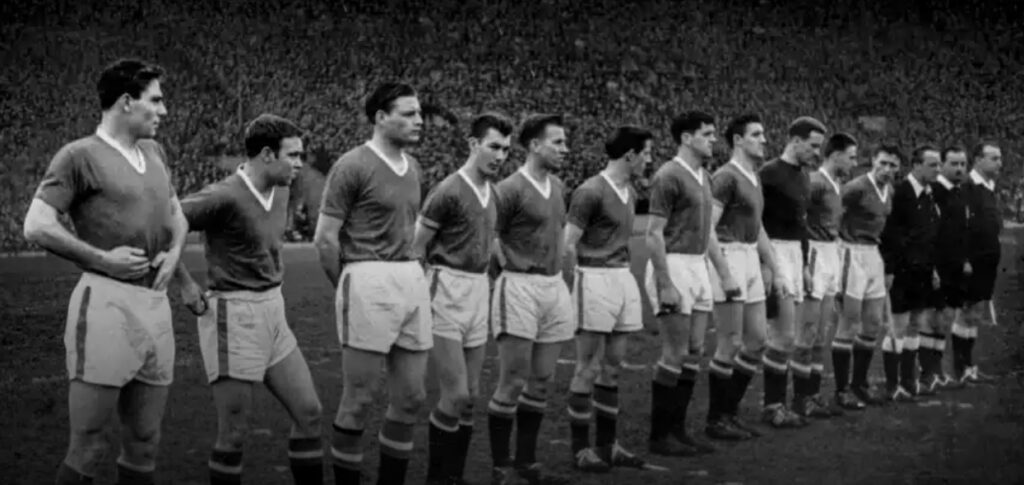
The tragic air crash in Ahmedabad was a reminder of how fleeting life can be. Families off to start a new life, someone about to reunited with his family, another returning from a grandmother’s birthday celebrations – precious lives snuffed out even before those on board had time to lean back in their seats and prepare for the journey ahead.
For those of us that love sport, the ghastly images in the aftermath of the crash also rekindled memories of two incidents that remain grim milestones in the history of sport. With football’s first Club World Cup about to kick off on Saturday, now is as good a time as any to remember two of the greatest teams of all time, both destroyed in tragic airline disasters less than a decade apart.
Il Grande Torino and Superga (1949)
Torino FC had won the first three post-war Serie A titles, and were well on their way to a fourth when they flew to Lisbon for a friendly against Benfica. Led by Valentino Mazzola – whose son, Sandro, would later play the 1970 World Cup final against Brazil – Torino were then the dominant team in Europe, alongside Hungary’s Honved. On their return from Portugal, however, the ALI flight crashed into the Superga Hill outside Turin as the pilot struggled to navigate through torrential rain and thick fog. None of the 31 on board survived.
So revered was that team that when Torino fielded their youth side to complete the remaining league fixtures, the opposition didn’t put up much of a fight. But since that bittersweet title, they have been champions of Italy only once (1975-76). These days, when football fans think of Turin, they think of Juventus, with their record haul of Serie A titles. It wasn’t always that way.

The Busby Babes and the Munich crash (1958)
Sir Matt Busby and his young, vibrant side were going for a hat-trick of Division One titles when they set off on a European Cup adventure to Belgrade. At a time when most English clubs turned up their nose at European competition, Busby and United had recognised that it was the future – with the Real Madrid of Ferenc Puskas and Alfredo Di Stefano already on their way to super-club status.
A tense 3-3 draw against Red Star – the hosts scored thrice in the second half after United led 3-0 after just 31 minutes – had seen Busby’s team progress to the semi-finals. Their return journey included a refuelling stop in Munich. When the British European Airways flight 609 tried to take off again, the ground conditions were atrocious. After a third attempt, it crashed into a nearby house and caught fire.

Of the 23 victims, eight were players, including Roger Byrne, the captain. Busby himself was so critically injured that he was administered the last rites by a priest at the hospital. The face of that legendary side, Duncan Edwards, battled his injuries for days before he too passed away. All these years later, even Liverpool fans now in their 80s happily admit that he was the best visiting player they ever watched at Anfield.
Special mention to Harry Gregg, the United goalkeeper whose bravery helped save a little girl and her mother.
Bobby Charlton, who had scored twice in Belgrade, would help Busby rebuild the side, with help from the likes of Denis Law, George Best, Paddy Crerand and Nobby Stiles, and ten years after Munich, United became the first English club to lift the European Cup, beating Benfica 4-1, after extra time, at Wembley.
But no matter what they have gone on to achieve since, the Busby Babes remain at the heart of the club’s history – ‘the flowers of Manchester’, as they’re remembered every February 6.




